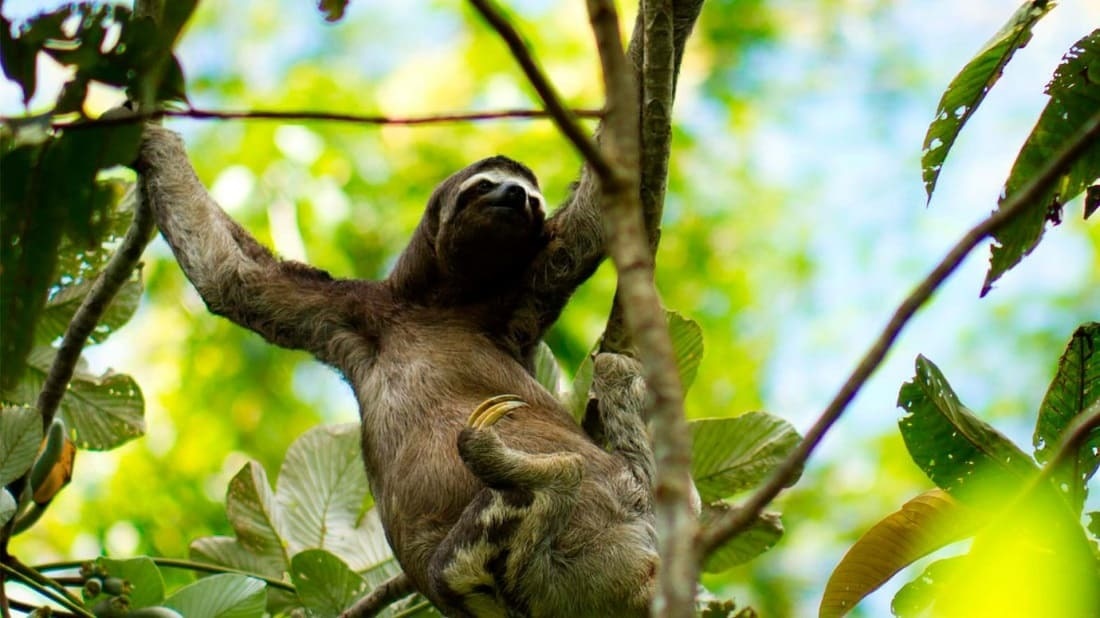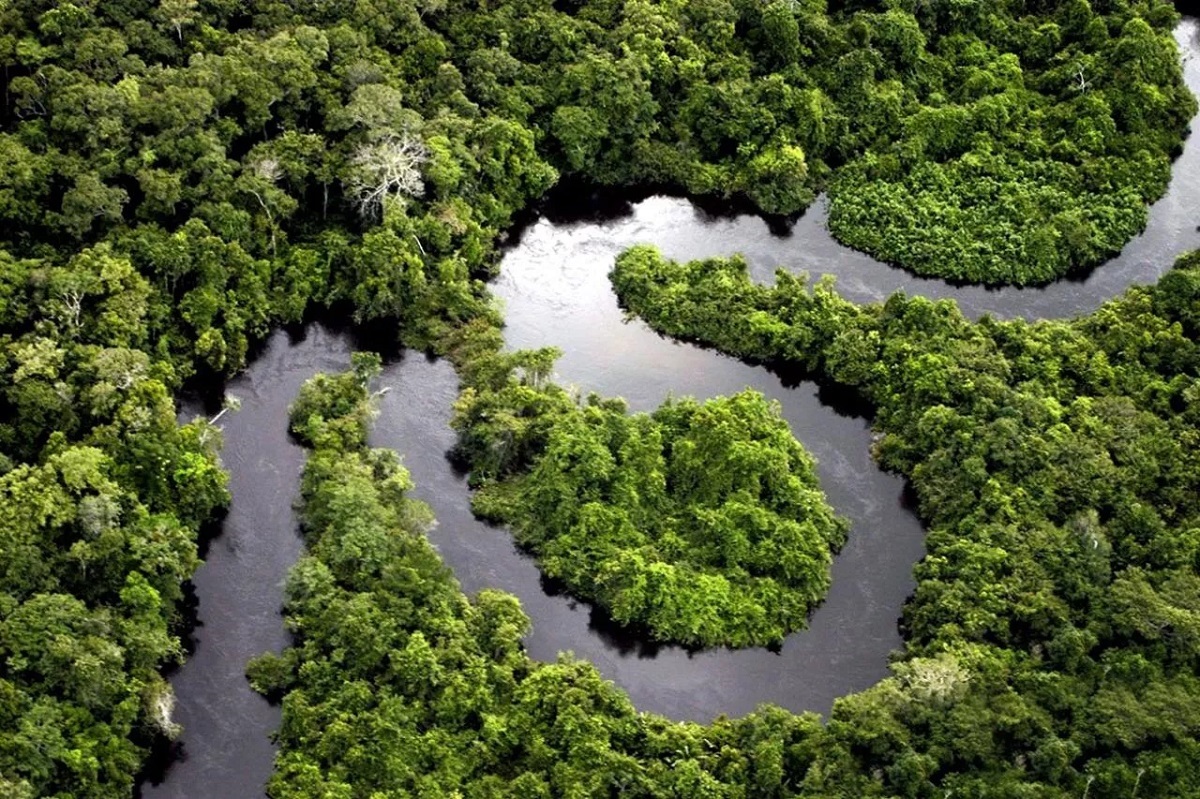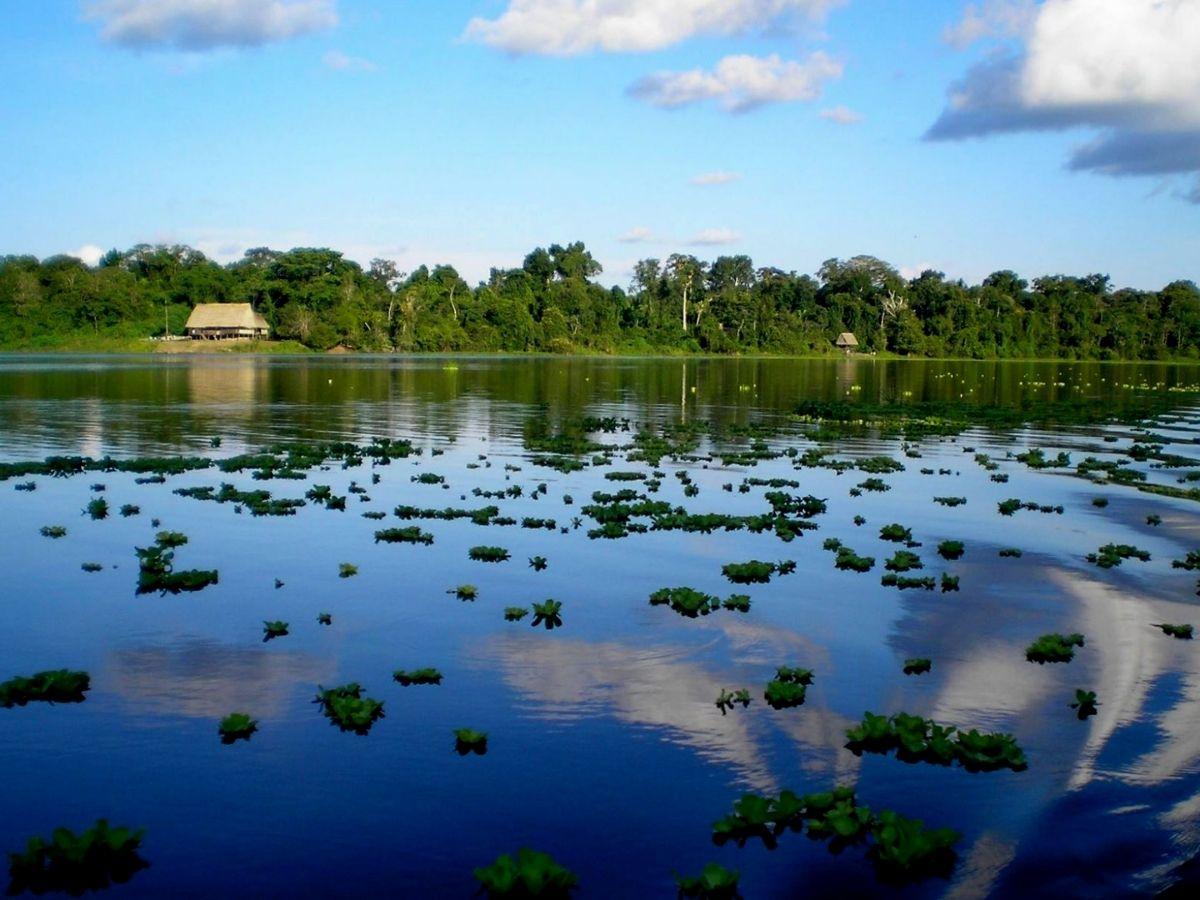
Visiting the Pacaya Samiria National Reserve in the Peruvian Amazon will always be a great experience, not only because it is a natural space with great importance for wildlife, but also because it is a place that promotes research and conservation of the territory's biodiversity. In it, there is a wide network of river courses that are home to a wide variety of aquatic and terrestrial ecosystems.
Its great variety of species of flora and fauna, as well as its climate, which ranges between 20° and 33° C, make it a true paradise within our Amazon. This is the Pacaya Samiria National Reserve (RNPS), which includes part of the provinces of Loreto, Requena, Alto Amazonas and Ucayali, in the Loreto region.
The surface of this reserve constitutes 1.5% of the territory of Peru and it is the largest Amazon area under protection in the world. Its land is flooded during the rainy months (October and April), when the rivers overflow and cause about 80% of this territory to be covered by water.
Hence the environment is both terrestrial and aquatic. When the rains stop, the riverbeds return to their natural state and produce small lagoons and rivers again. The Reserve offers us, then, a flexible ecosystem.
In its extension of 2,080,000 hectares, this protected natural area houses a high biological diversity and an important human population that takes advantage of its natural resources thanks to its ancestral practices. The objective of this protected territory is to conserve representative ecosystems of the lowland jungle of the Peruvian Amazon and the scenic beauty characteristic of the humid tropical forest, and to preserve its genetic diversity.
In the RNPS, 1025 species of vertebrates have been registered (27% of the diversity of these species in Peru and 36% of the total registered for the Amazon); and also wildlife species that are indicators of the good state of conservation of their territories, such as the sea cow or manatee (Trichechus inunguis), the pink dolphin (Inia geoffrensis), the gray dolphin (Sotalia fluviatilis) and the yellow-fronted maquisapa (Ateles beltzebuth), among others.
Likewise, it has an ornithological fauna made up of 449 species, where the populations of birds related to aquatic environments stand out, reflecting the good state of conservation of the wetlands. Among the reptiles, the charapa turtle (Podocnemis expansa), the taricaya (Podocnemis unifilis) and others stand out. Ornamental fish for export abound in this ecosystem. Regarding the flora, the RNPS is home to 965 species of wild plants and 59 of cultivated plants.
Numerous communities live in its interior, both native and traditional as well as relatively recent settlers.

The Pacaya Samiria National Reserve is located in the Ucamara depression, where there is the confluence of the great Ucayali and Marañon rivers, which form its natural limits. The southwestern part is delimited by a strip of low hills that forms the watershed with the Huallaga River.
The Reserve is home to a high biological diversity and an important human population that takes advantage of its natural resources. It includes in its interior the basins of the Pacaya, Samiria and Yanayacu-Pucate rivers. Although it is mostly a plain of low alluvial and floodable forest, it has some low hills in the headwaters of the Pacaya.
This topography, added to the alternating hydrological regime of the Amazon of rising and emptying, creates numerous islands, channels and oxbow lakes, among which the famous El Dorado oxbow lake stands out, in the lower Yanayacu basin, which is the central tourist destination of the Reserve. and a successful example of entrepreneurship in experiential community tourism.
It also protects the largest area of flooded forest (varzea) in the Amazon. This gigantic wetland motivated its designation as one of the first RAMSAR sites in the country, in 1992.
Conserve representative ecosystems of the lowland jungle of the Peruvian Amazon and preserve its genetic diversity. Protect species of flora and fauna of the Amazon that have disappeared, such as the black lizard, river wolf and paiche.
On February 25, 1972, by Supreme Decree No. 06-72-PE.
On February 4, 1982, through Supreme Decree No. 016-82-AG and a second amendment on January 25, 2007, through Supreme Decree No. 007-2007-AG.
In the department of Loreto, in the provinces of Loreto, Requena, Ucayali and Alto Amazonas.
2,080,000.00 hectares
The presence of more than 1,025 species of vertebrates has been reported, which represents 27% of the diversity of these species in Peru and 36% of the total registered for the Amazon. It houses important species of wildlife such as the sea cow or manatee (Trichechus inunguis), the pink dolphin (Inia geoffrensis), the gray dolphin (Sotalia fluviatilis), the yellow-fronted maquisapa (Ateles beltzebuth), the river otter (Pteronura brasiliensis) , the puma (Puma concolor), the sachavaca (Tapirus terrestris), the otorongo or jaguar (Panthera onca), the huangana (Tayassu pecari), the peccary (Tayassu tajacu), the red deer (Mazama americana), the maquisapa (Ateles paniscus), the monkey preserve (Alouatta seniculus) and the woolly monkey (Lagothrix lagothricha).
The ornithological fauna is made up of 449 species, where the populations of birds related to aquatic environments stand out, among which the white heron (Egretta alba), the gray heron (Ardea cocoi), the puma heron (Tigrisoma lineatum) and the cushuri (Phalacrocorax brasilianus).

Among the reptiles, the charapa turtle (Podocnemis expansa), the taricaya (Podocnemis unifilis), the black lizard (Melanosuchus niger) and the white lizard (Caiman crocodylus) stand out. The hydrobiological resources are the most important in the Reserve both for their role in ecological processes and for their economic value, they are also the basis of the diet of the local inhabitants, among which the paiche (Arapaima gigas), the dorado ( Brachyplatystoma rousseauxii) and the maiden (Pseudoplatystoma fasciatum).
Regarding the flora, the Reserve is home to 965 species of wild plants and 59 of cultivated plants. Its value for the protection of biological diversity is widely justified by the presence of immense extensions of aguajales or aguaje forests (Mauritia flexuosa) and mixed forests of other palm trees.
The average annual temperature ranges between 20° and 33° C. In the RNPS, high temperatures can be recorded at any time of the year, but they are more frequent during the dry season (July to September). The best season to visit the reserve is between May and January.
Being such a large area, there are several routes and activities offered. Thus, there are eight areas allowed for tourist use: Tibilo Pastococha, Pinchi - Yanayacu Grande, Bajo y medio Samiria, Yanayacu Pucate - El Dorado, Nauta Caño, Yanallpa Iricahua, Bajo Pacaya and Cochas de Punga.

There are also three main tourist circuits:
If you are in Lima, you must take a flight to Iquitos, which lasts approximately one hour and 45 minutes. Two hours from there by road is the town of Nauta, one of the entrances to the reserve. The other option is to enter through Requena, a city 48 hours away by boat from Iquitos. There is a payment for right of entry.
The route through the reserve is strictly through the rivers and it is possible to stay in tourist hostels located on the riverbanks.
The temperature ranges between 22 and 35° C, and the rains are permanent, so it is recommended to wear light and waterproof clothing; hat or cap, sunglasses, binoculars, sunscreen and insect repellent. Likewise, it is preferable to be vaccinated against yellow fever. The rest is spirit of adventure.
Flight: approximately 1 hour 40 minutes
By bus or car: approximately 2 hours
Many are the routes that take you to Machu Picchu, but none is like the Inca Trail Tours, the most famous pedestrian path in the Americas. After flying from the capital of Perú, Lima, you will arrive in Cusco to walk for four days along a path through forests and dense fog, millenary stone steps and discovering the ruins of ancient fortifications and Inca cities, and all the time enjoying majestic views.